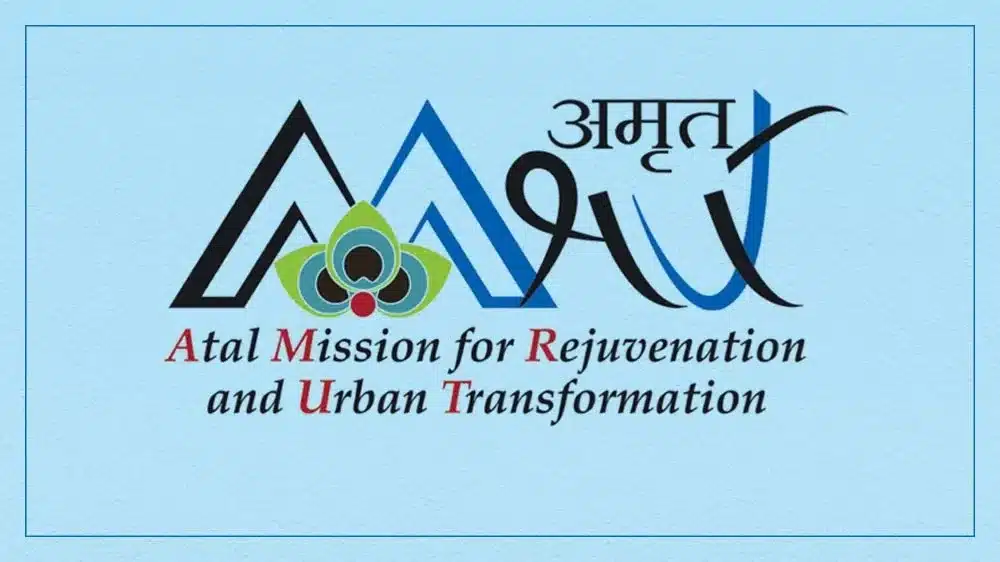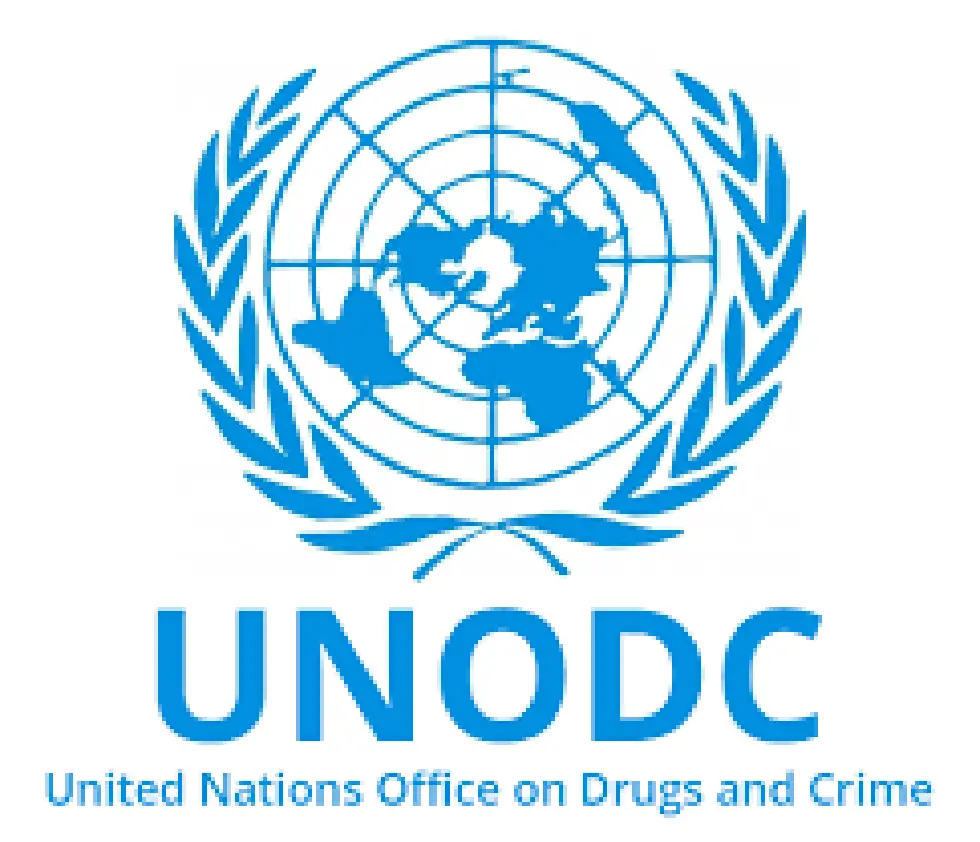About AMRUT Scheme
- It was launched by the Ministry of Housing and Urban Affairs on 25th June 2015, in 500 selected cities and towns across the country.
- It focuses on development of basic infrastructure in the selected cities and towns in the sectors of water supply, sewerage and septage management, storm water drainage, green spaces and parks, and non-motorized urban transport.
- A set of Urban Reforms and Capacity Building have been included in the mission.
- AMRUT Mission has been subsumed under AMRUT 2.0, which was launched on 01st October, 2021.
- AMRUT 2.0, which was launched for a period of five years, from the financial year 2021-22 to the financial year 2025-26, is designed to provide universal coverage of water supply through functional taps to all households in all the statutory towns in the country and coverage of sewerage/septage management in 500 cities covered in the first phase of the AMRUT scheme.
- AMRUT 2.0 will promote a circular economy of water through the development of City Water Balance Plan (CWBP) for each city focusing on recycle/reuse of treated sewage, the rejuvenation of water bodies, and water conservation.
- It will help cities to identify scope for projects focusing on universal coverage of functional water tap connections, water source conservation, rejuvenation of water bodies and wells, recycle/reuse of treated used water, and rainwater harvesting.
- Based on the projects identified in CWBP, Mission envisages making cities ‘water secure’ through a circular economy of water.
- The mission also has a reform agenda on ease of living of citizens through reduction of non-revenue water, recycle of treated used water, rejuvenation of water bodies, augmenting double entry accounting system, urban planning, strengthening urban finance etc.
- Other components of AMRUT 2.0 are:
- Pey Jal Survekshan to ascertain equitable distribution of water, reuse of wastewater, mapping of water bodies, and promote healthy competition among the cities /towns.
- Technology Sub-Mission for water to leverage latest global technologies in the field of water.
- Information, Education, and Communication (IEC) campaign to spread awareness among the masses about conservation of water.
- The total indicative outlay for AMRUT 2.0 is ₹2,99,000 crore including Central share of ₹76,760 crore for five years.
Q1) Which are the major tributaries of Krishna River?
The principal tributaries joining Krishna are the Ghataprabha, the Malaprabha, the Bhima, the Tungabhadra and the Musi.
Source: 39 sewage treatment plants from AMRUT scheme to line Musi river in Hyderabad
Last updated on July, 2025
→ UPSC Notification 2025 was released on 22nd January 2025.
→ UPSC Prelims Result 2025 is out now for the CSE held on 25 May 2025.
→ UPSC Prelims Question Paper 2025 and Unofficial Prelims Answer Key 2025 are available now.
→ UPSC Calendar 2026 is released on 15th May, 2025.
→ The UPSC Vacancy 2025 were released 1129, out of which 979 were for UPSC CSE and remaining 150 are for UPSC IFoS.
→ UPSC Mains 2025 will be conducted on 22nd August 2025.
→ UPSC Prelims 2026 will be conducted on 24th May, 2026 & UPSC Mains 2026 will be conducted on 21st August 2026.
→ The UPSC Selection Process is of 3 stages-Prelims, Mains and Interview.
→ UPSC Result 2024 is released with latest UPSC Marksheet 2024. Check Now!
→ UPSC Toppers List 2024 is released now. Shakti Dubey is UPSC AIR 1 2024 Topper.
→ Also check Best IAS Coaching in Delhi















